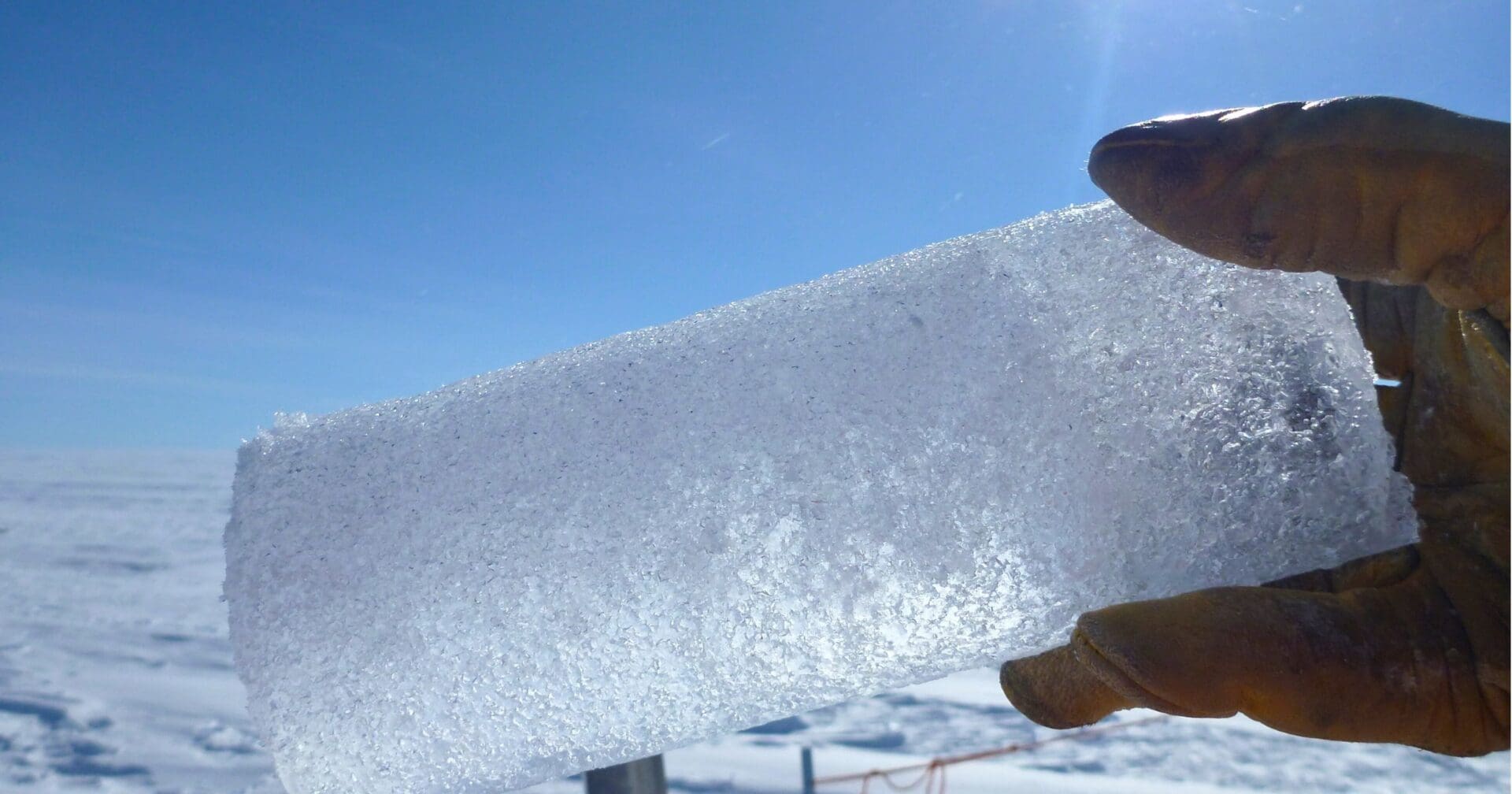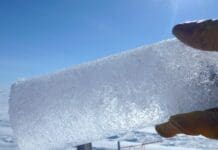In June of 1170, the Archbishop of Canterbury Saint Thomas Becket thrice excommunicated the Bishops of London, of York, and of Salisbury for crowning the heir apparent to Henry II, Henry the Young King: they had violated Canterbury’s privilege of coronation.
Hearing of Becket’s actions, King Henry II famously said: “Will no one rid me of this turbulent priest?” Four of his knights followed his royal command and set off to confront the Archbishop. On December 29th of that same year, the four knights arrived and burst into the Canterbury Cathedral and cried out: “Where is Thomas Becket, traitor to the King and country?!”
When the soon-to-be-murderer knights found the saint near the door to monastic cloister, swords drawn, he said: “I am no traitor and I am ready to die.” Grabbing onto a nearby pillar, Becket bowed his head to make his peace with God. What followed next “purpled the appearance of the church” as the knights “scattered the brains with the blood across the floor.”
Now a new study published yesterday sheds light on the infamous medieval martyrdom of Becket in the unlikeliest of places: ice cores from the Swiss-Alpine alps. Evidence for the feud between Becket and Henry II was discovered in a nearly 250 long ice core from the Colle Gnifetti glacier of Monte Rosa.
Analyzing the composition of air bubbles trapped in the 800 year old ice, researchers found a large influx of lead and dust in the air, carried from winds in the United Kingdom where lead mining and smelting were booming during the late 1100s. The increased levels in the air were matched to written tax records of lead and silver production in the country.
During the time, lead was used in the production of water pipes, church roofs, and stained glass windows. Leading up to his murder when Becket and Henry II were feuding, the Church didn’t cooperate with the Crown, leading to a drop in production seen in the ice cores.
“In the 1169-70 period, there was a major disagreement between Henry II and Thomas Beckett and that clash manifested itself by the church refusing to work with Henry – and you actually see a fall in that production that year.”
After Becket’s murder, the Pope excommunicated Henry II. The murderous King tried to make amends with the Church, his attempts at reconciliation were reflected in the ice cores as a dramatic uptick in lead production.
“To get himself out of jail with the Pope, Henry promised to endow and build a lot of major monastic institutions very, very quickly. And of course, massive amounts of lead were used for roofing of these major monastic complexes. Lead production rapidly expanded as Henry tried to atone for his misdemeanors against the Church.”
Furthermore, the researchers say their data is clear enough to link lead production with the times of war and reigns of different kings from 1170-1220.
“The ice core shows precisely when one king died and lead production fell and then rose again with the next monarch. We can see the deaths of King Henry II, Richard the Lionheart and King John there in the ancient ice.”
The researchers also say their data refutes the idea that atmospheric pollution only started during the industrial revolution.
Photo credit: Public Domain via Wikimedia Commons
















I’d use uCatholic more if it were possible to easily make copies of articles ( articles only ), because we read such things on weekends … no time to do so in the office. Barely time to make copies. Most such we subscribe to have easy access to copying.